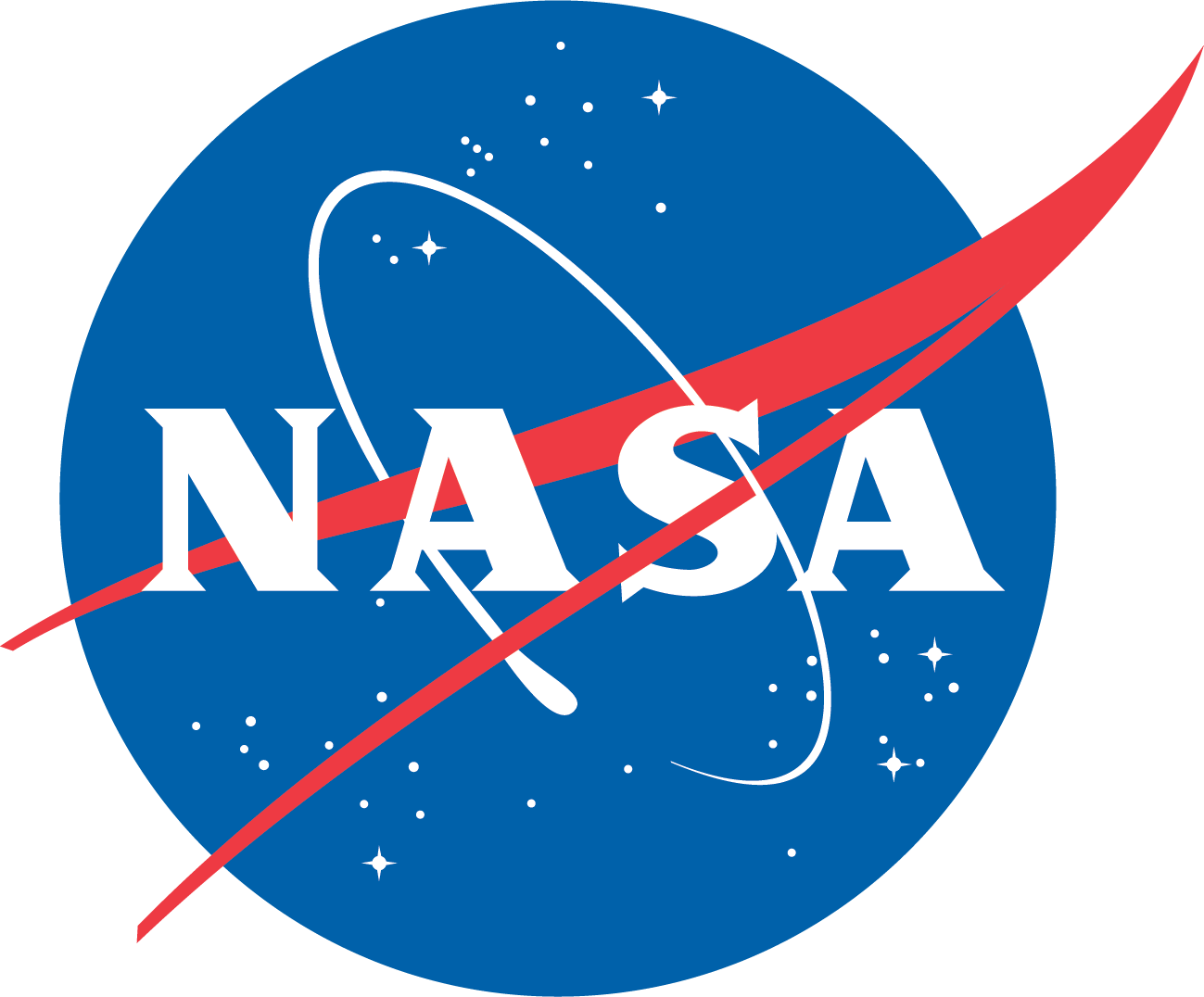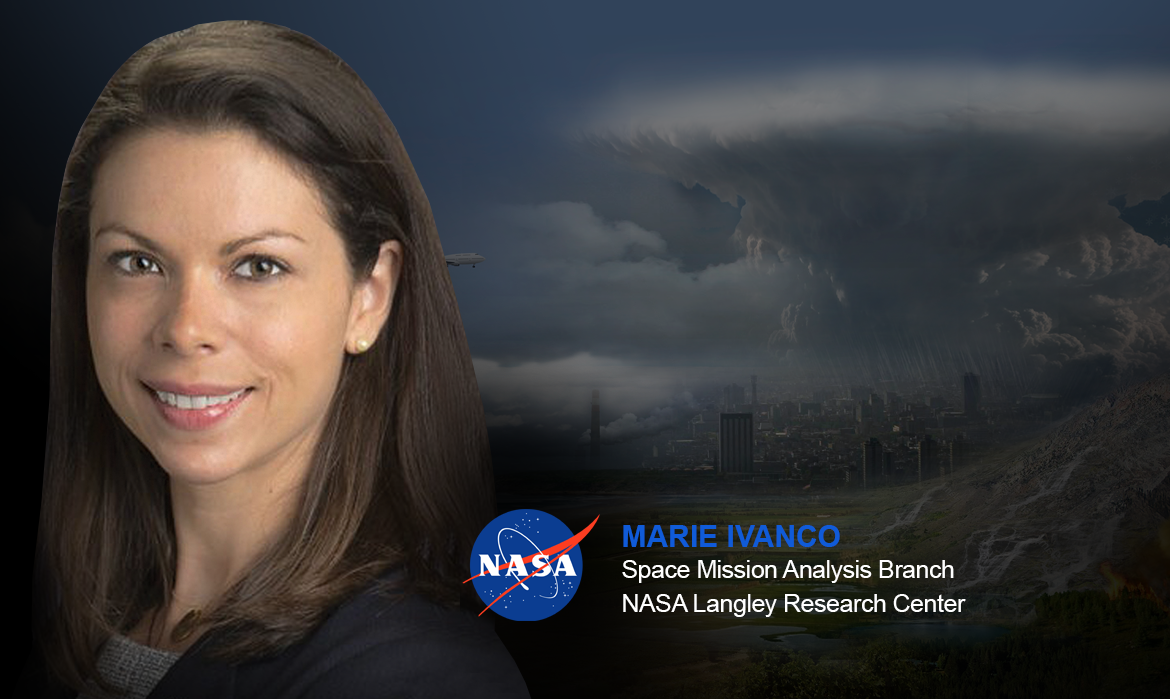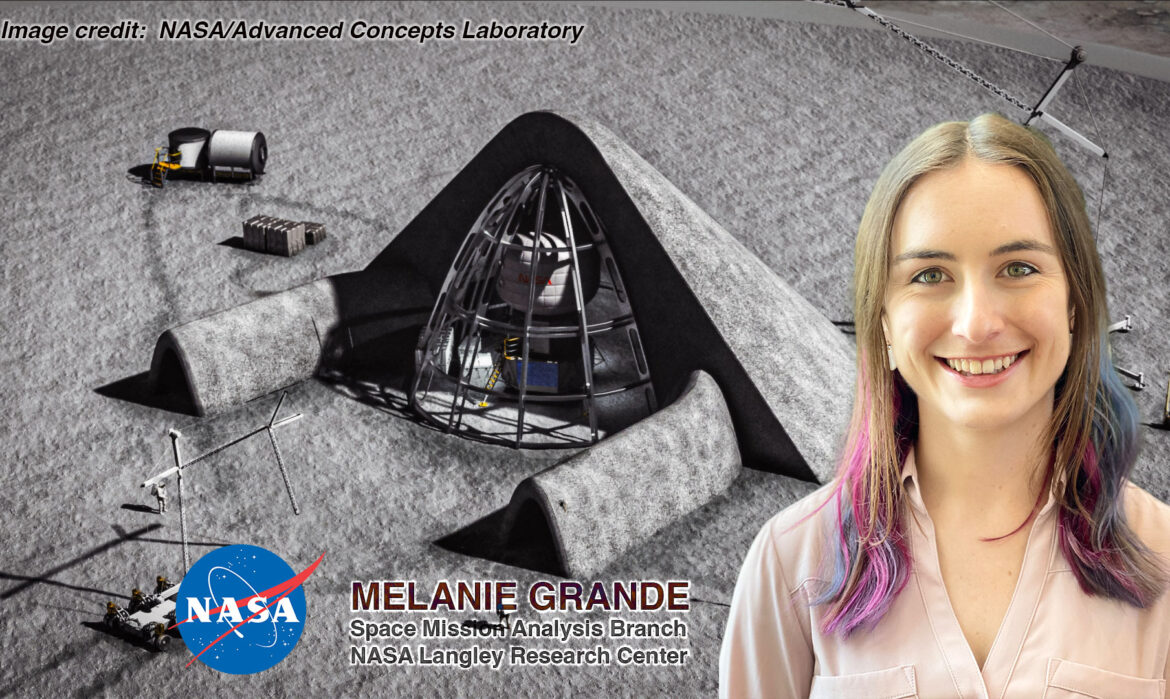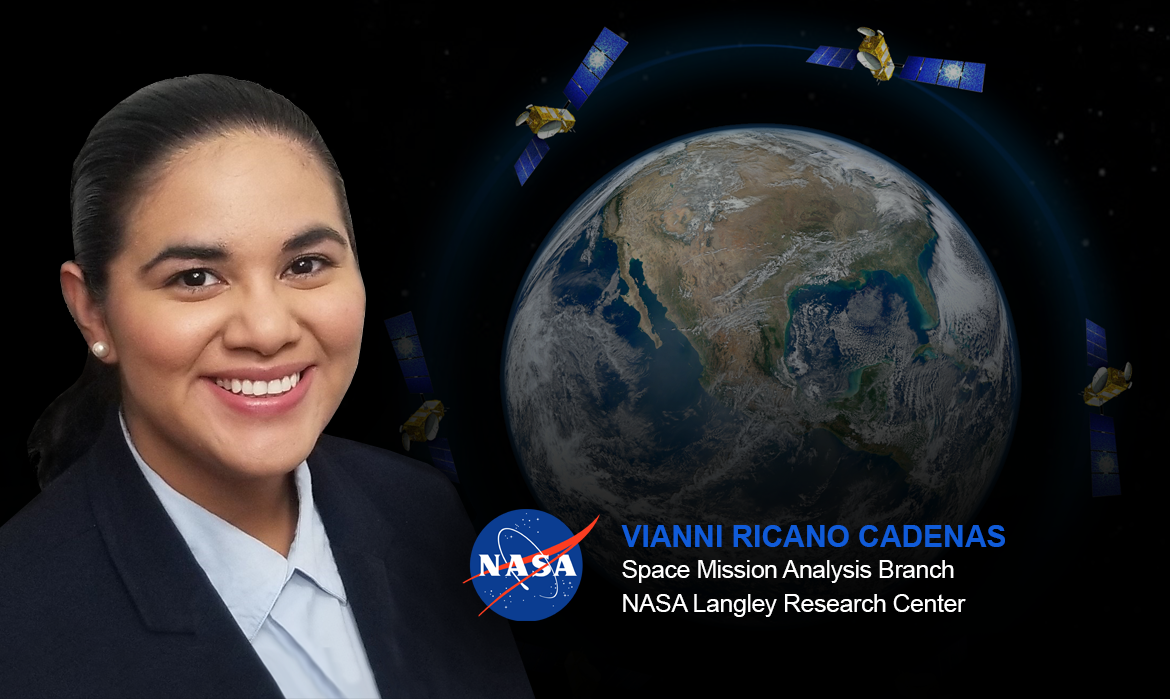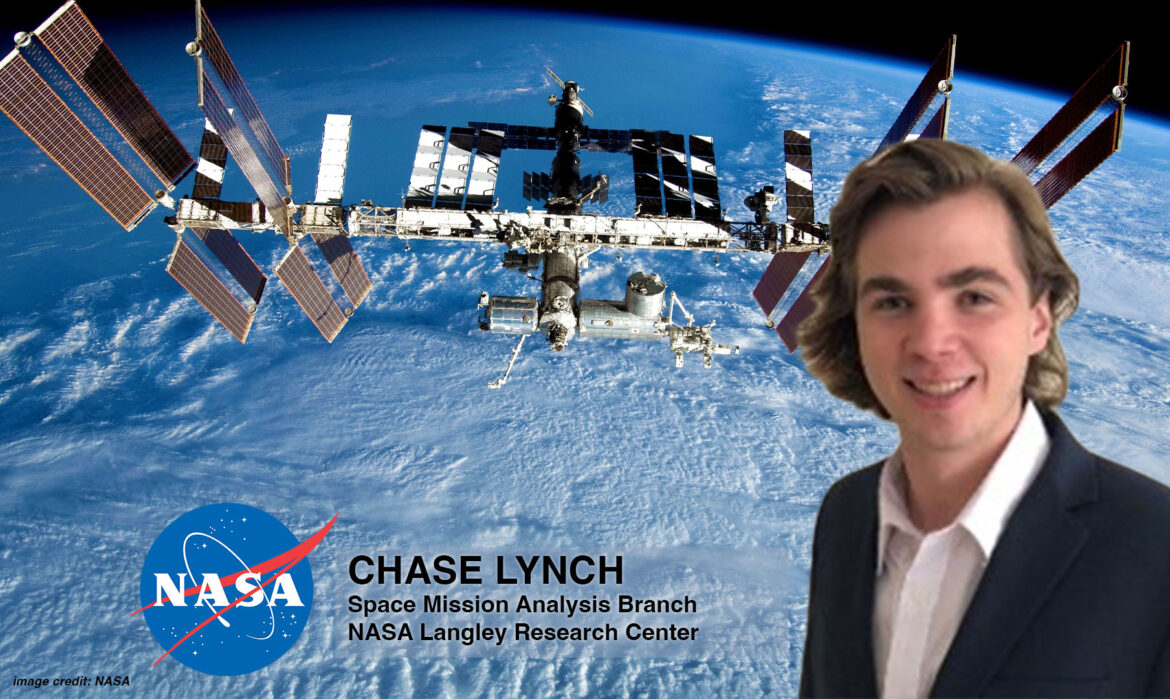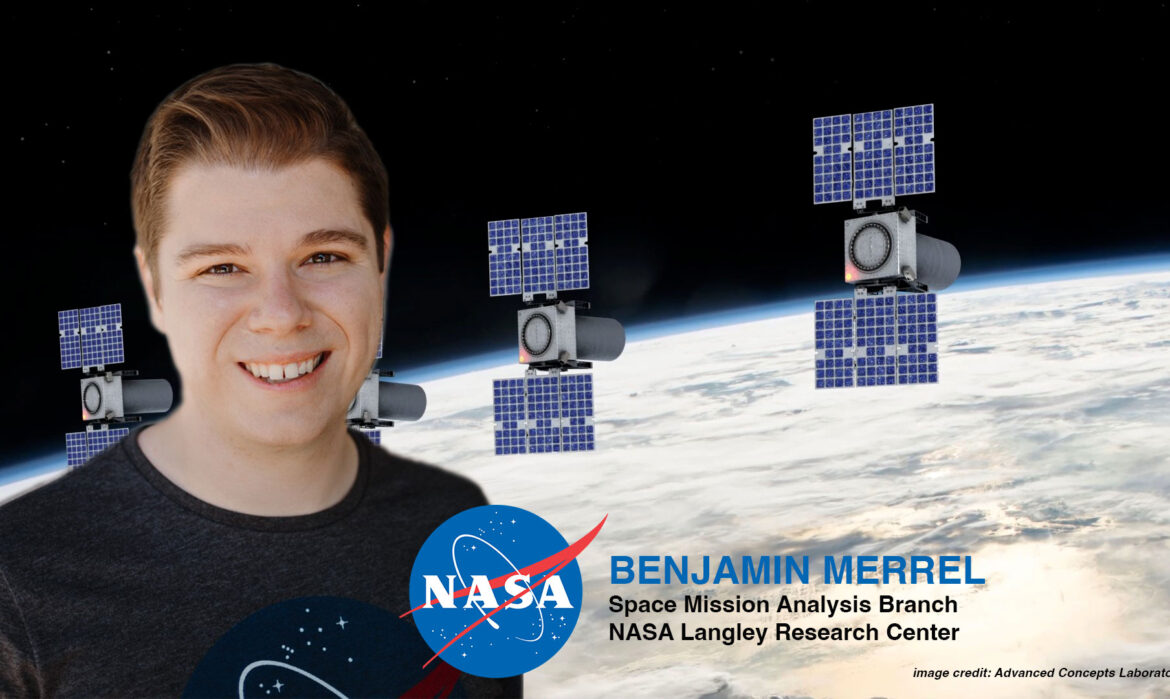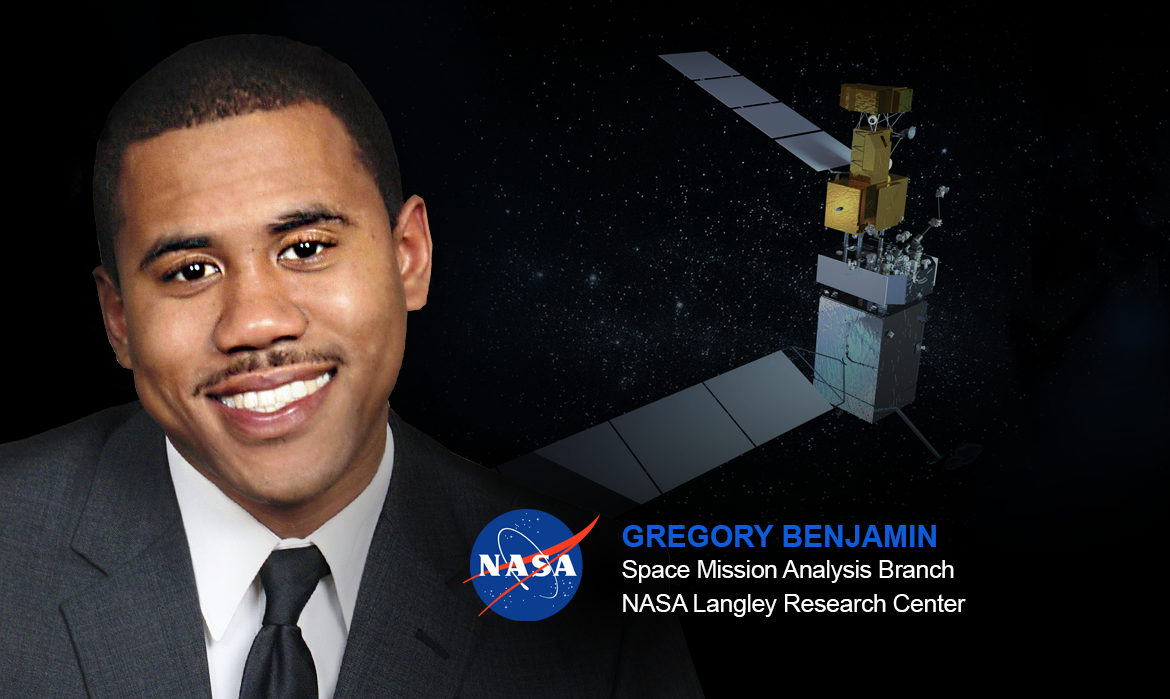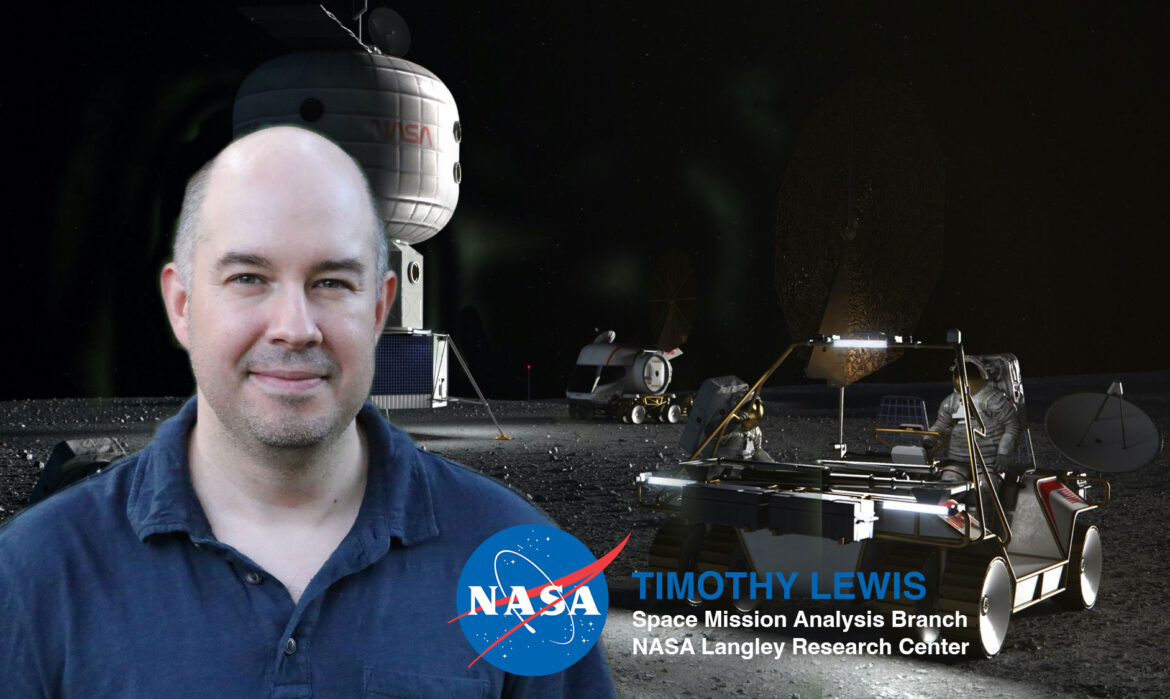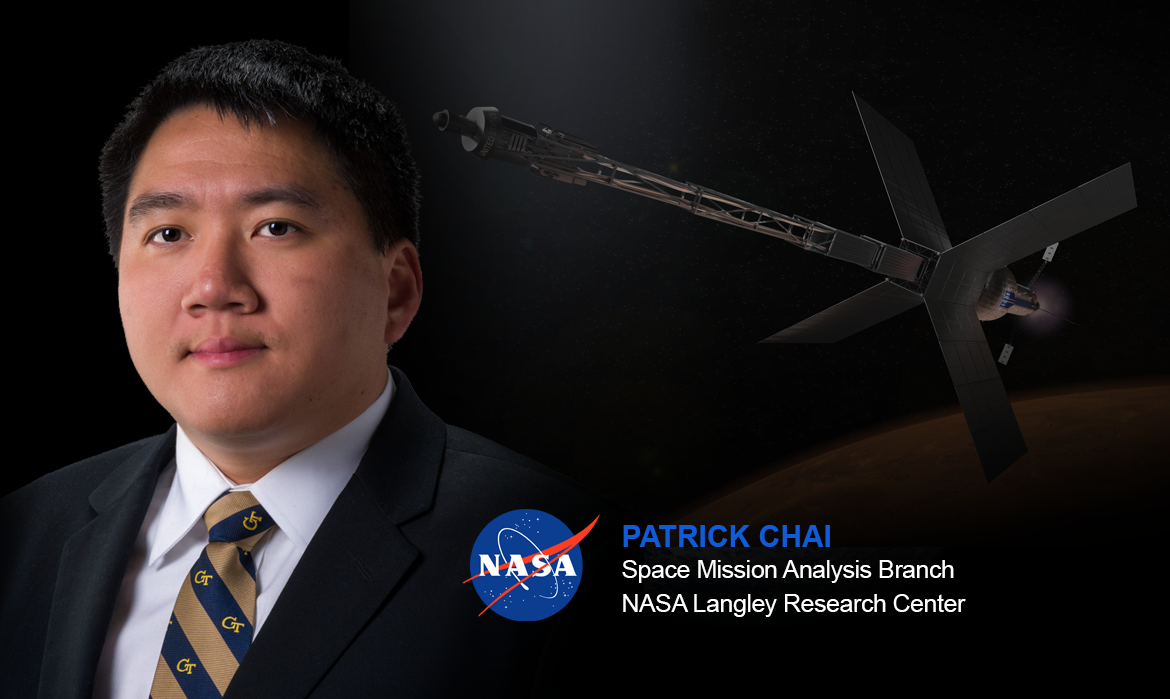Showcasing NASA’s Plans for Exploration, featuring Kevin Greer
“This is the vice president coming. We really want to show this off.” That was the moment Kevin Greer knew the stakes of this visualization assignment, but he’s always appreciated the impact of good graphics.
In 2020, Greer, a multimedia specialist with the Advanced Concepts Lab at the NASA Langley Research Center in Hampton, VA, was working on 3D animations as part of NASA’s Artemis program. A few weeks before the big visit , Greer and the team got word that “someone’s coming in and we need to fancy this up for a demo.”
With that, the group began building a virtual lunar environment to demonstrate systems for future Artemis missions, including the ability to drive a rover and climb a ladder to enter the crew’s ascent vehicle. Over the subsequent days, Greer added lighting and textures to the scene and created “waypoints” to make it easier to move around and explore the virtual environment. He also created a demonstration to showcase the new crewed Mars spacecraft. In addition, he helped prepare Langley’s Center Director to demonstrate the virtual environment in advance of the visit by the Vice President, the Secretary of Education, the NASA Administrator, and an astronaut.
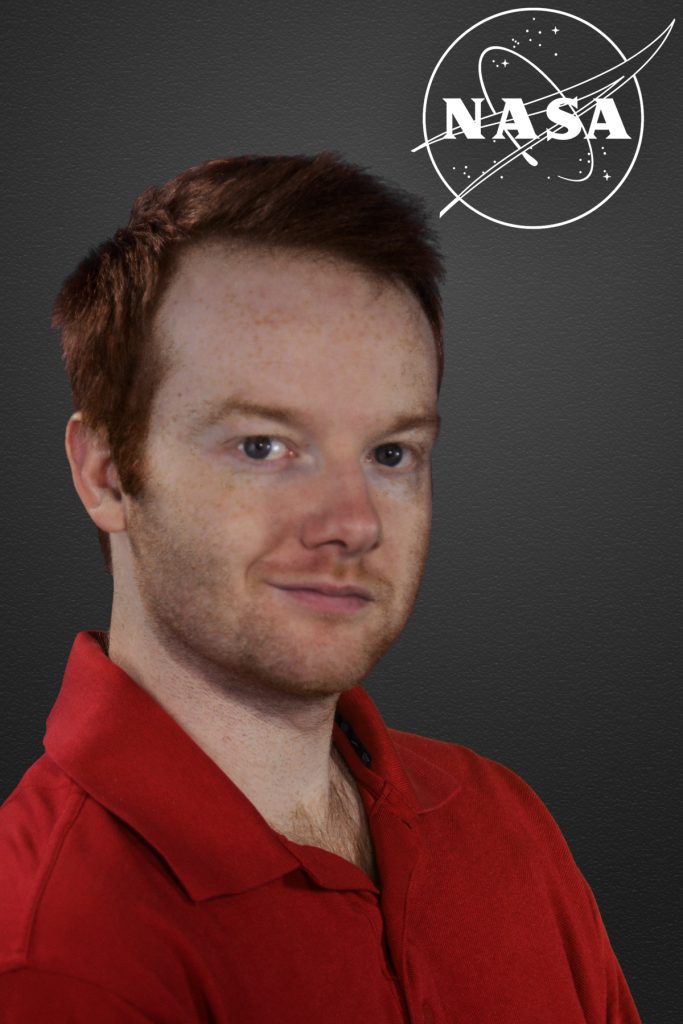
“Virtual reality combines the best of the animation and the 3D model. You get to experience it, and that really helps to explain your mission, what you’re trying to do, and the challenges of what you’re facing.”
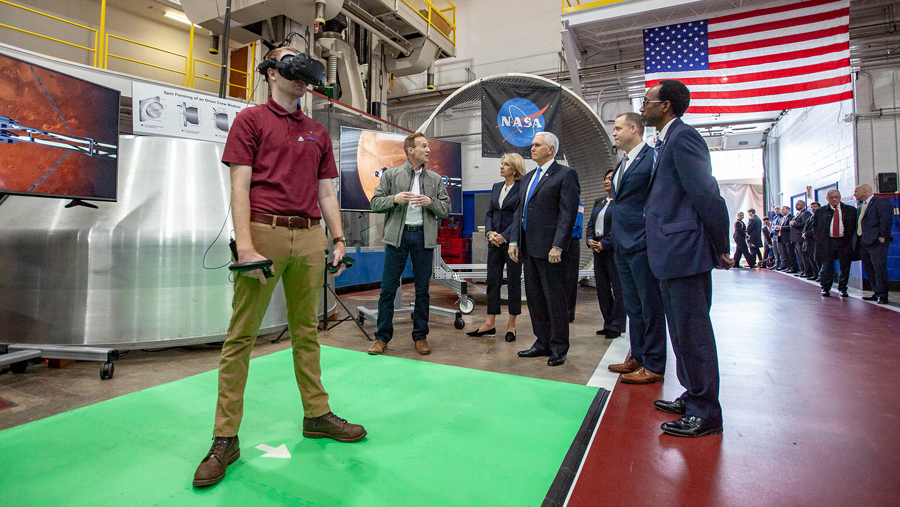

On February 19, 2020, Greer and several colleagues set up the demonstration for the visitors to observe as part of a larger discussion about NASA’s ongoing Artemis work and Langley’s role in it. While the Center Director donned a headset and controls to move in the virtual environment, the dignitaries looked on, and Greer made sure everything worked as planned. Through his efforts to anticipate things that could go wrong and by creating associated built-in mitigations in advance of the big day, he helped make sure that the demonstration “went off without a hitch.”
The visit exhibition may have been the highest visibility project Greer has contributed to thus far, but he has long recognized the value that having a tangible visualization can provide. “When you see a poster, you see what they want to do. When you see a movie, you see the detailed concept of operations. When you hold a 3D model, you see the size and relations between everything. It’s more immersive as you go down the line. Virtual reality,” he says, “combines the best of the animation and the 3D model. You get to experience it, and that really helps to explain your mission, what you’re trying to do, and the challenges of what you’re facing.”


Greer first got interested in animation and modeling in high school. A class experiment enabled him to make a short movie depicting a battle between a calculator and a stapler that “came out surprisingly well.” In college, he obtained a Bachelor’s of Science with a concentration in 3D Animation. A former student of one of Greer’s professors offered him the opportunity to come work with the Advanced Concepts Lab, part of Analytical Mechanics Associates Inc., and Greer took it. “They told me doing some work for NASA was a possibility, then I got here and it was a full time job!”
For Greer, the Vice President’s visit was just the latest step on the path to learning how impactful good visualizations can be. It’s one thing to look at a picture, he says, but when you step into a 3D environment, your perspective is changed. “Getting people to experience that is a step forward for NASA.”
Author/Contact: Chris Jones
Published: April 2021

